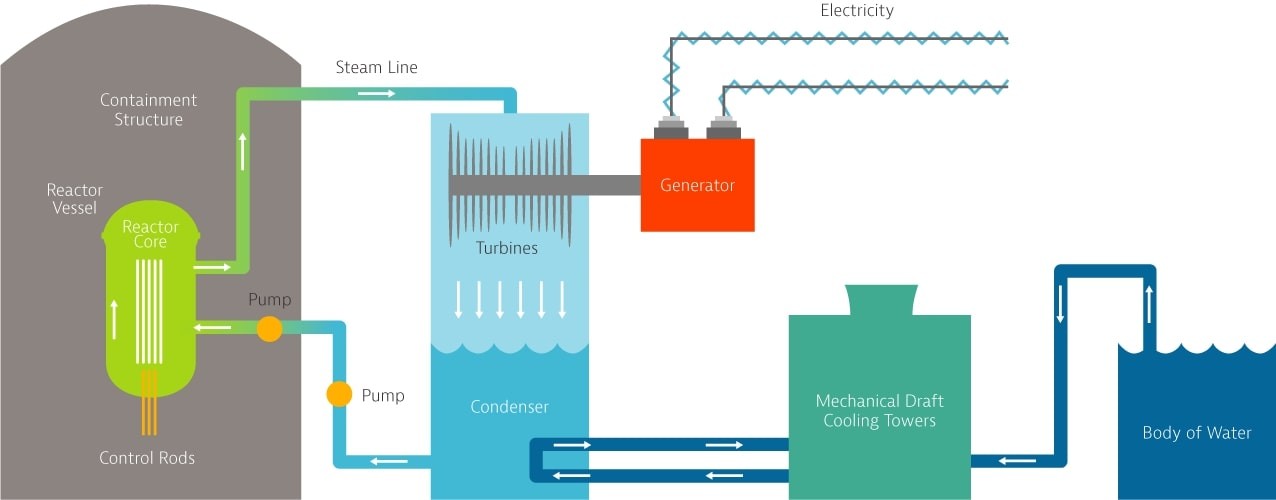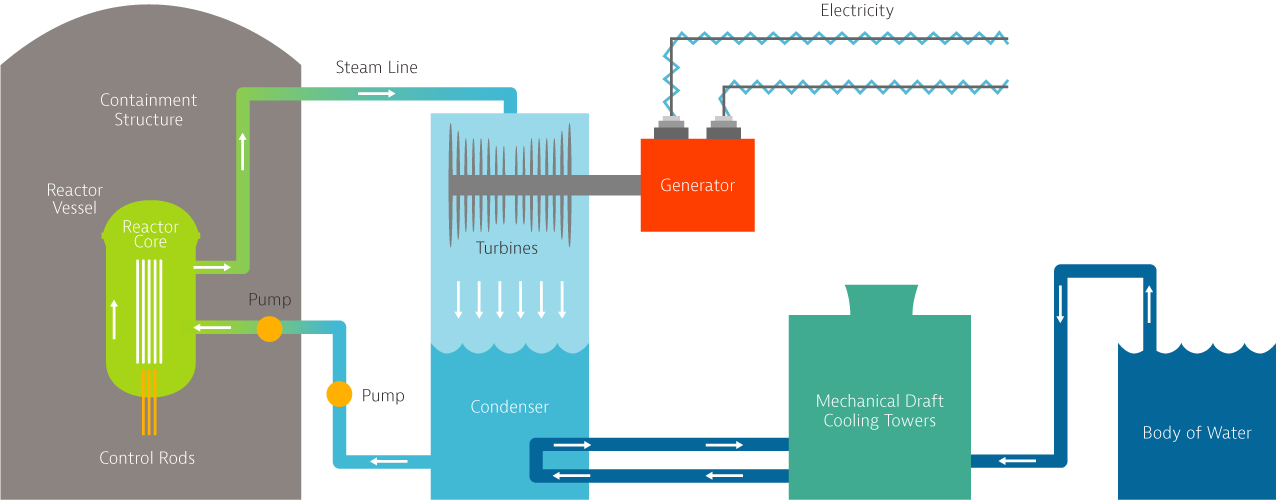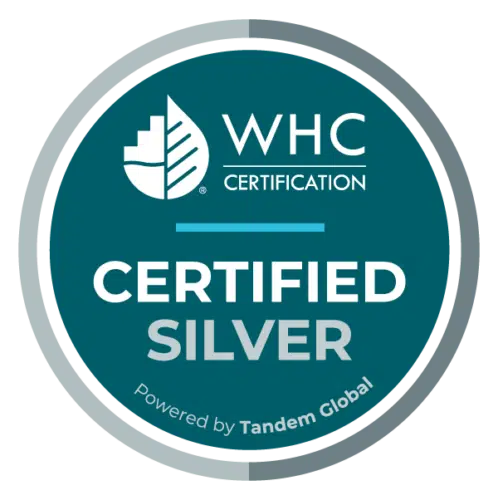
Plant Hatch: Edwin I. Hatch Nuclear Power Plant
Plant Hatch, Georgia’s first nuclear-powered electric generating station, has provided clean, reliable nuclear energy to Georgians since 1975 when Unit 1 began commercial operation. The plant is one of three nuclear facilities in the Southern Company System and is co-owned by Georgia Power, Oglethorpe Power Corporation, Municipal Electric Authority of Georgia and Dalton Utilities. Plant Hatch has been a certified wildlife habitat by the Wildlife Habitat Council since 1994. More than 900 people including engineers, mechanics, control room operators, chemists, electricians, security officers and others oversee Plant Hatch’s safe and reliable operations 24 hours a day, 365 days a year.
Location:
Baxley, Georgia
Reactor Type:
General Electric Mark I Boiling Water Reactor
Power Output:
Approximately 1,800 megawatts
Number of Units:
2
How It Works:
Plant Hatch generates electricity from a process called fission, which is where the nucleus of an atom splits into smaller parts, causing a chain reaction that releases heat. Learn more about the process below.
1. Water is pumped through the reactor core where the fission process boils the water into steam.
2. The steam goes to the turbine and spins the turbine blades.
3. The turbine spins the electric generator to produce electricity.
4. The steam goes to the condenser where it turns to liquid again to continue the cycle.
5. The water that circulates through the condenser is cooled by large fans in the cooling towers.
Note: The two water systems used to generate electricity are separate and don’t mix with each other.
Who was Edwin I. Hatch?
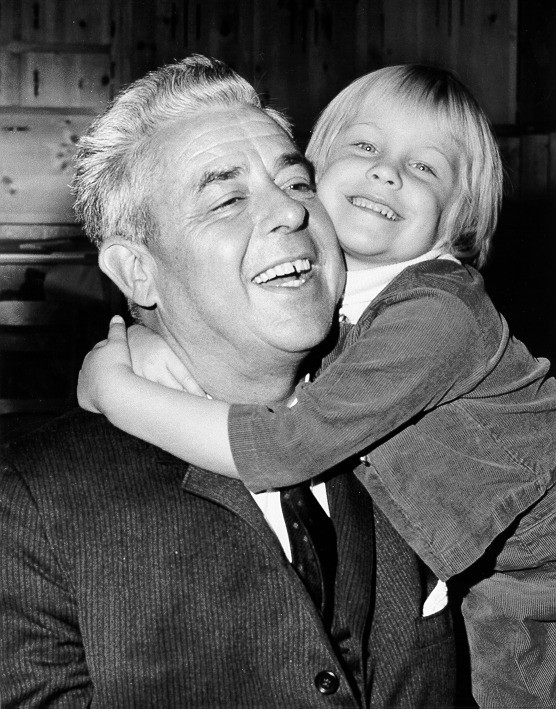
Edwin I. Hatch served as president of Georgia Power from 1963 until 1975. At that time, Hatch was named chairman of the board and chief executive officer. Under his leadership, Georgia Power more than tripled its generating capacity, multiplied its construction budget five times over and increased its customer base by more than 50%.
At the time of his retirement in 1978, Hatch cited the development of nuclear power as a clean energy source as one of the most significant developments during his tenure. Hatch, a native of Uniontown, Alabama, held a Bachelor of Arts degree from the University of the South and a law degree from The University of Alabama. Edwin Hatch died in 1997 at the age of 84.
Schedule a Visit to Plant Hatch
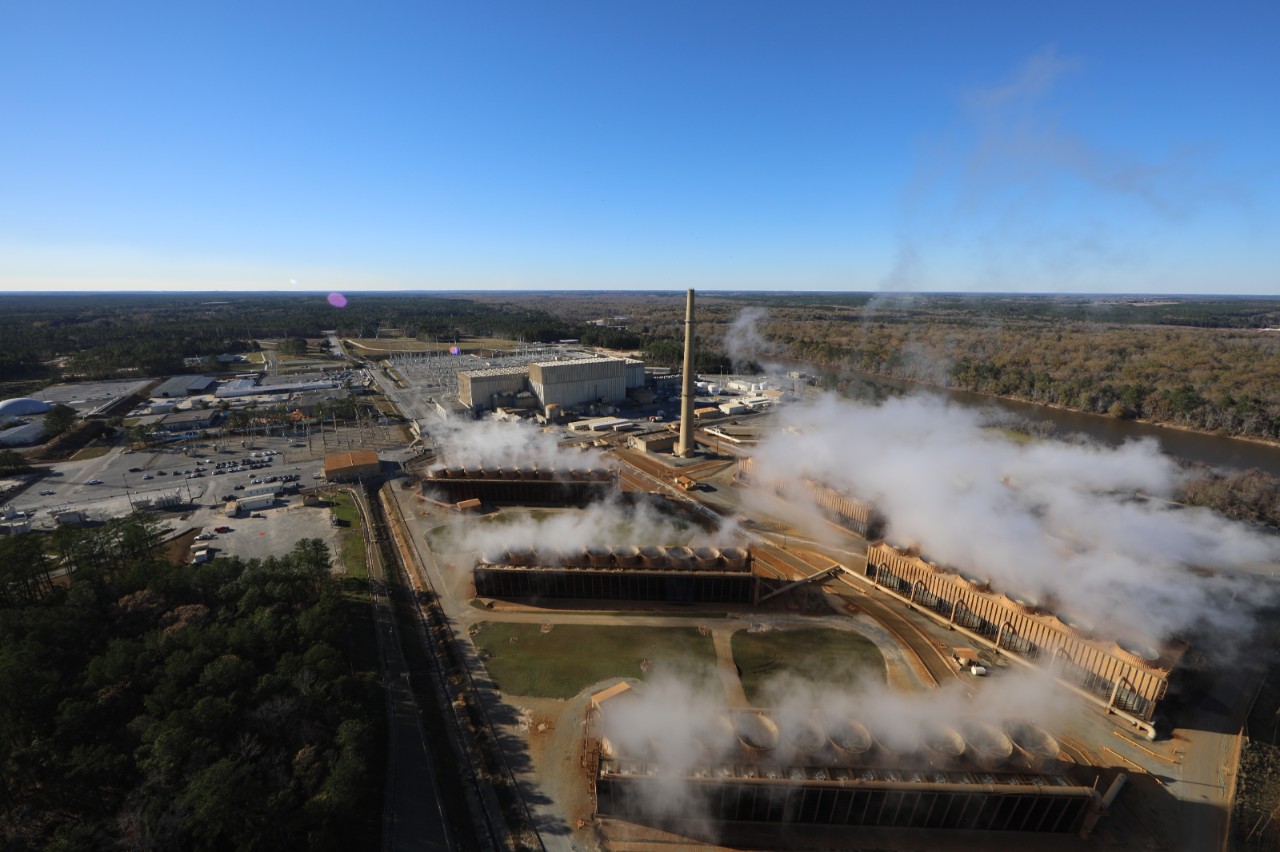
To schedule a site visit to Plant Hatch or an informative presentation for your school group, civic group, or other organization, please call the Hatch Energy Education Center staff at 1-800-722-7774.
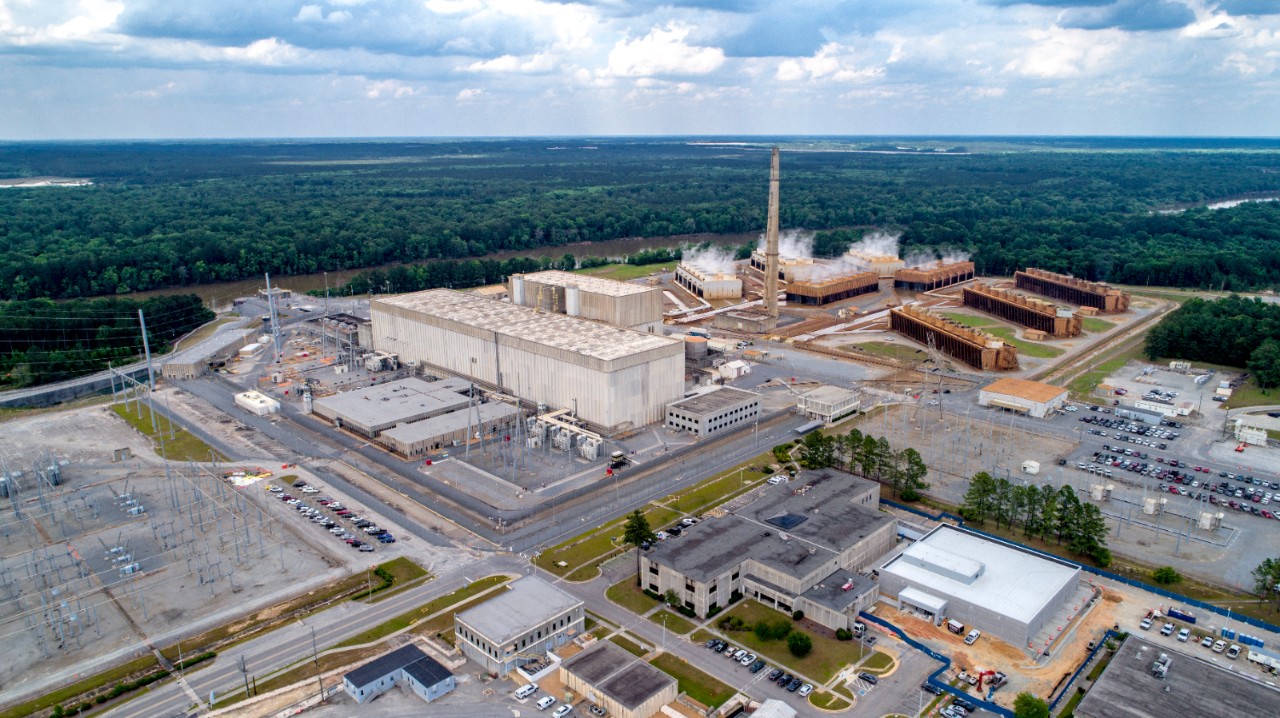
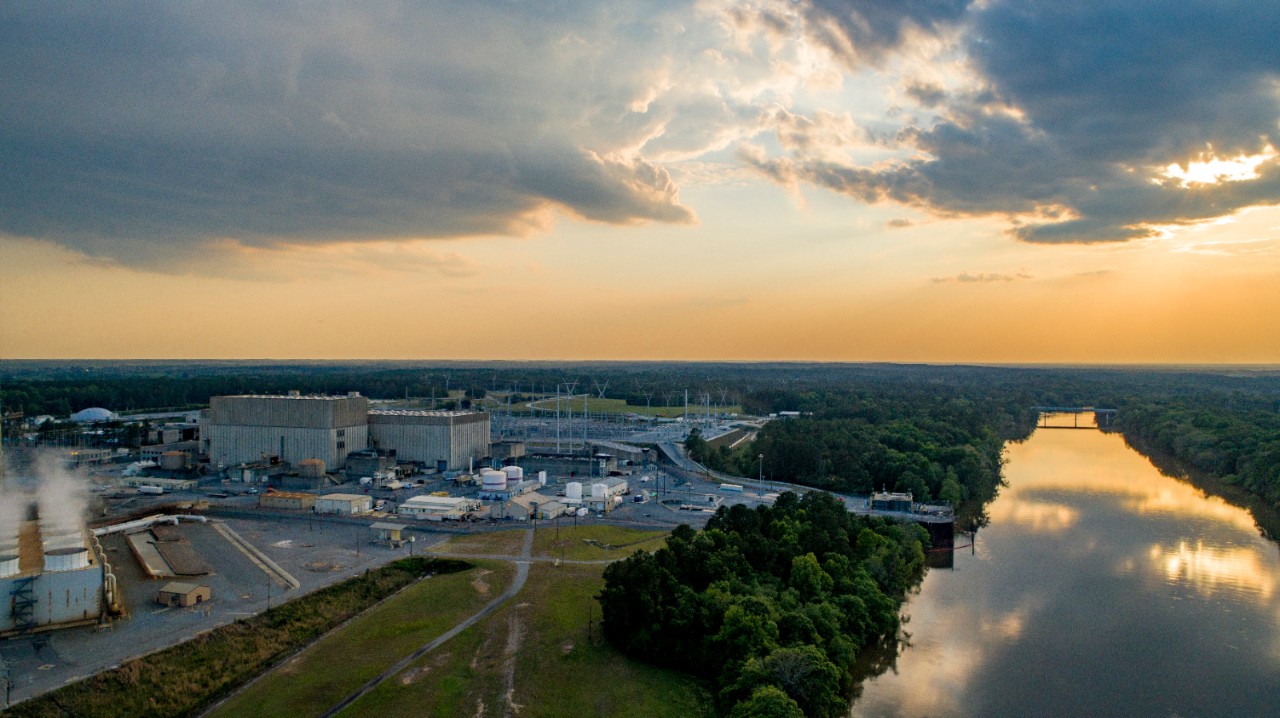
Emergency Planning, Stay Prepared
Southern Nuclear’s priority is the health and safety of our plant neighbors. If you reside within the 10-mile emergency planning zone around Plant Hatch in Georgia, we want you to be informed about the types of emergencies that can occur, how you can stay up to date and how to protect your family.
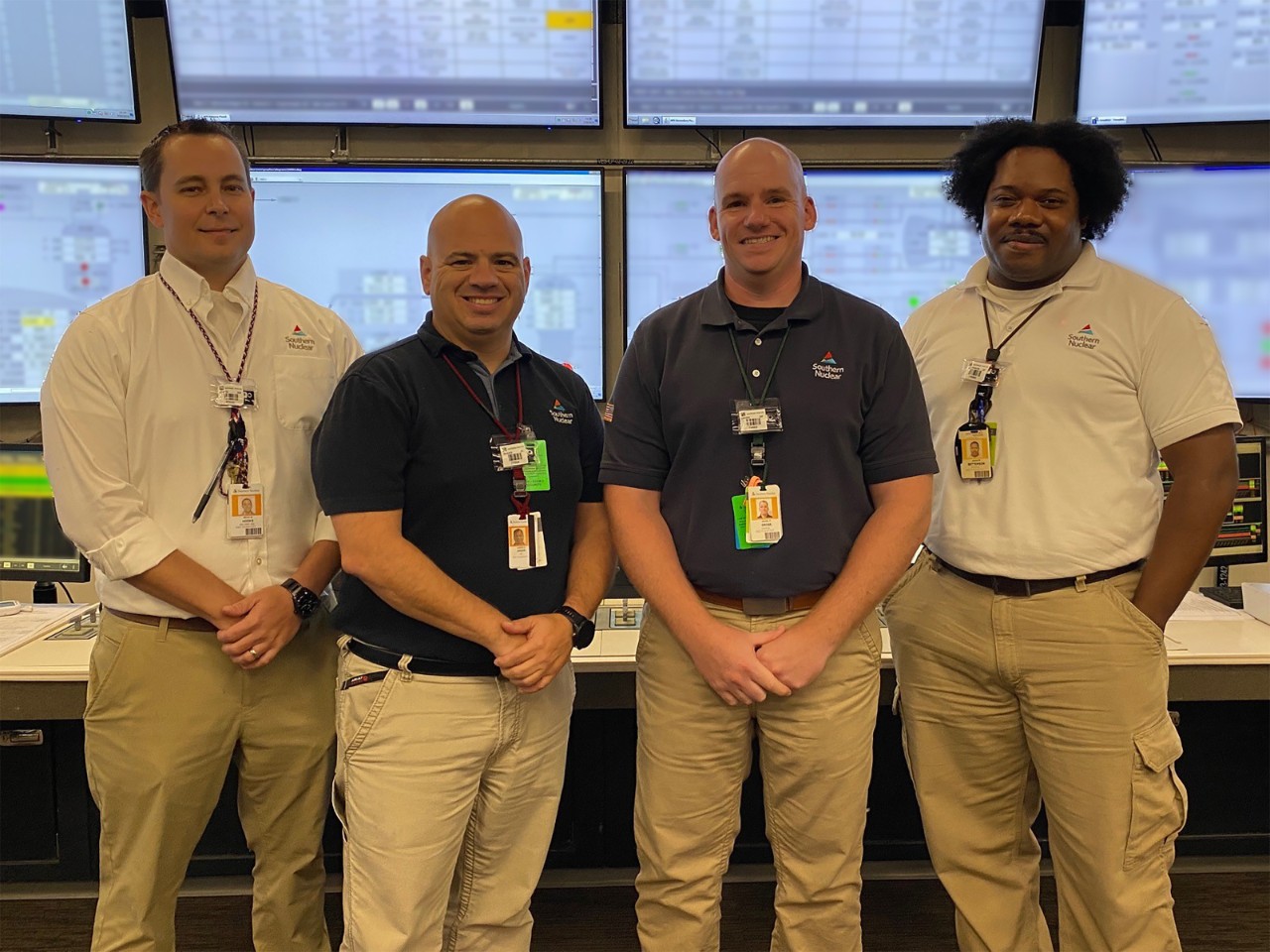
Careers at Hatch Nuclear Plant
Work for the nation’s leader in nuclear energy and an innovator in advanced nuclear technologies. The operation of Edwin I. Hatch Nuclear Power Plant requires a broad range of professionals with a variety of experience levels. Visit our Careers page to learn about professional development, search open positions or create a candidate profile.
FAQs About Plant Hatch
Where is Hatch Nuclear Power Plant located?
The Edwin I. Hatch Nuclear Plant is located in Appling County near Baxley, Georgia, along the Altamaha River in the southeastern United States. It sits on a 2,244-acre site.
What type of reactors does Plant Hatch use?
The Edwin I. Hatch Nuclear Power Plant uses boiling water reactors (BWR). There are two units at the plant.
How much power does the Hatch Nuclear Plant generate?
Plant Hatch in Georgia generates approximately 1,848 megawatts (MW) of electricity. This capacity is distributed across its two boiling water reactors, each contributing about 924 MW.
Why are Plant Hatch and other Southern Nuclear power plants an important energy resource?
Like ours, nuclear power plants in general have minimal impact on the environment and can produce huge amounts of carbon-free energy around the clock. Their ability to generate consistent power contribute not only to reducing greenhouse gas emissions but also to strengthening U.S. energy independence. This makes nuclear energy a strategic and vital resource for the country's future.
What safety systems are in place at Plant Hatch?
Plant Farley and all nuclear power plants are designed with defense-in-depth safety systems. This means there are multiple systems, passive and active, in place to protect the reactor and the surrounding public.
Passive systems include physical barriers that would restrict the spread of contamination outside the primary systems in the unlikely event of an emergency. These include such barriers as the fuel's zirconium alloy cladding, the thickness of the reactor vessel and the concrete containment surrounding it.
Active systems are designed to ensure continuous core cooling and safe plant shutdown in the unlikely event of an accident. Some of these include the reactor protection system designed to automatically shut down the reactor if needed, multiple core cooling systems designed to replenish cooling water in the reactor if normal cooling water is lost, and containment isolation systems that can close all openings from the containment building to the outside.
Additional redundant systems are in place to detect and mitigate any condition that could pose a threat the public.
How much radiation am I exposed to if I live near Plant Hatch in Georgia?
A person living within 50 miles of a nuclear power plant receives an average of about 0.01 millirem of radiation per year. To put that in perspective, the average person in the U.S. receives a radiation dose of 620 millirem per year. Half of that dose comes from natural sources, like bananas or granite countertops, while the other half comes from manmade sources like X-rays. For example, a routine chest X-ray is about 10 millirem of radiation, while a cross-country round-trip flight is 5 millirem. Federal regulatory agencies carefully set and enforce limits to protect the public, the environment and plant employees.
Does Hatch Nuclear Station help protect the local environment?
Since 1994, Plant Hatch has been recognized as a certified wildlife habitat by the Wildlife Habitat Council. In 1987, a formal land management plan for approximately 1,414 acres was developed for the site. This plan focuses on managing the area’s timber for the plants and animals in those timber areas, and for the protection of wetland zones in order to enhance the wildlife habitat.
